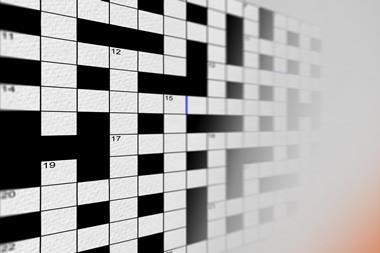Cosmochemistry. The melting pot of the elements
Cosmochemistry. The melting pot of the elements
C Esteban, R J G Lopez, A Herrero and F Sanchez (eds.)
Cambridge: CUP 2003 | Pp 357 | ?20.00 (SB) | ISBN 0521564573
Reviewed by Ian Lyon
This book contains the published lectures, aimed at ’students’, of the XIII Canary Islands winter school of astrophysics. Within is a comprehensive journey through the standard model of cosmochemistry, from the synthesis of H, D, He and 7Li in the Big Bang through to the chemical evolution of galaxies. Here is the root of all chemistry: how the elements and their different isotopes were formed and how they were distributed and recycled to make the universe that we see today.
I put the word students in inverted commas above because this is not a book for the faint hearted, or to dip into for a light 10 minute read before bedtime. The first chapter looks enticing as it promises a general introduction to the background of Big Bang nucleosynthesis and cosmology with a cool title, Primordial alchemy, but when the first equation throws you in at the Robertson-Walker space-time metric and assumes the reader knows what this is, it is clear that unless you have at least a passing knowledge of some fairly advanced physics, then you are likely to soon flounder.
One criticism I would have is that cosmochemistry is unrelentingly portrayed from the viewpoint of observational astronomy and theoretical modelling. No mention is made of the huge advances in this field that have been made by studying interstellar grains in the laboratory. The laboratory study of actual condensates of supernova explosions, novae, AGB stars and samples of the interstellar medium, isolated from meteorites has greatly enriched our understanding of nucleosynthesis and cosmochemistry. I feel that this is a major omission.
Nevertheless, for specialists (aspiring or actual) this is an excellent text book. For others it is not an easy introduction to the area.
References
T Bernatowicz and E Zinner, 1997, (eds.), Astrophysical implications of the laboratory study of presolar materials, AIP Conference Proceedings, 402, New York.












No comments yet